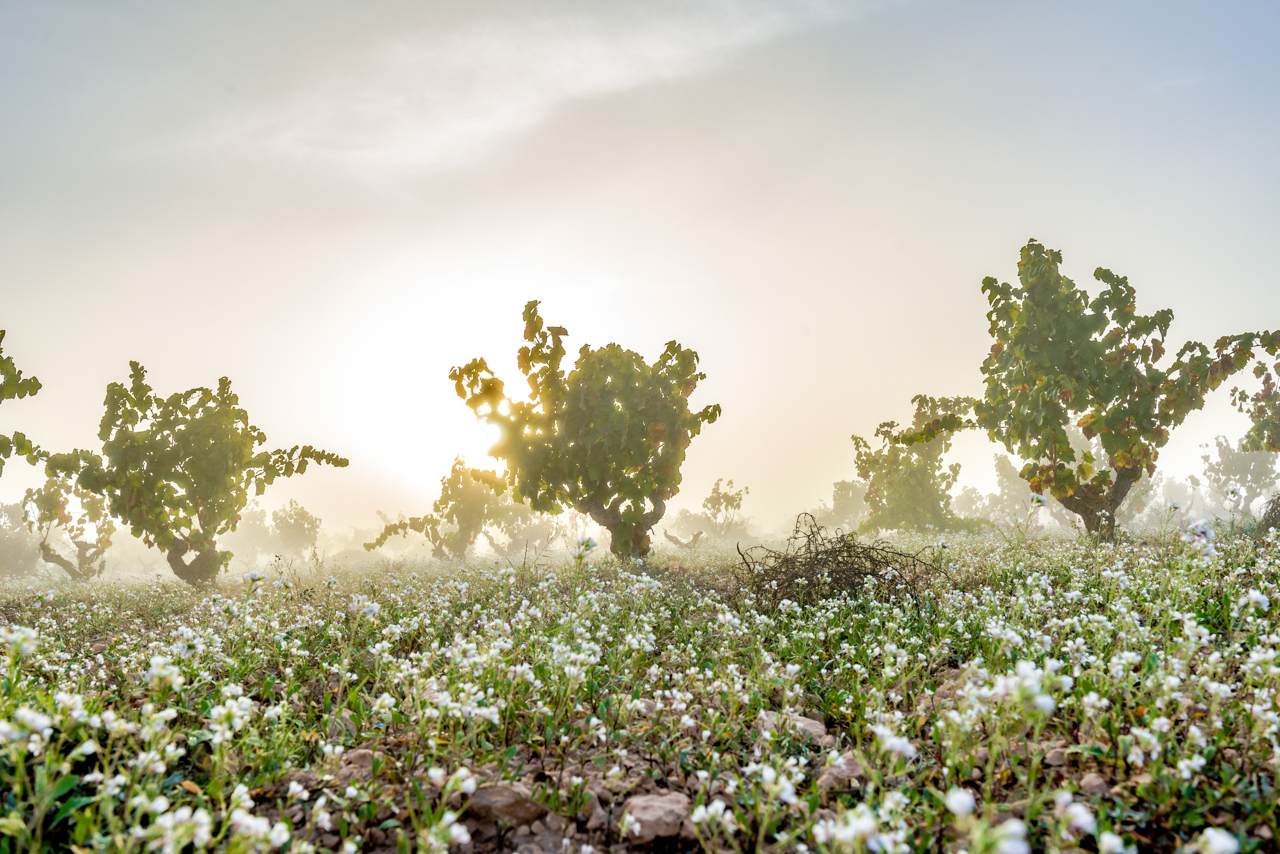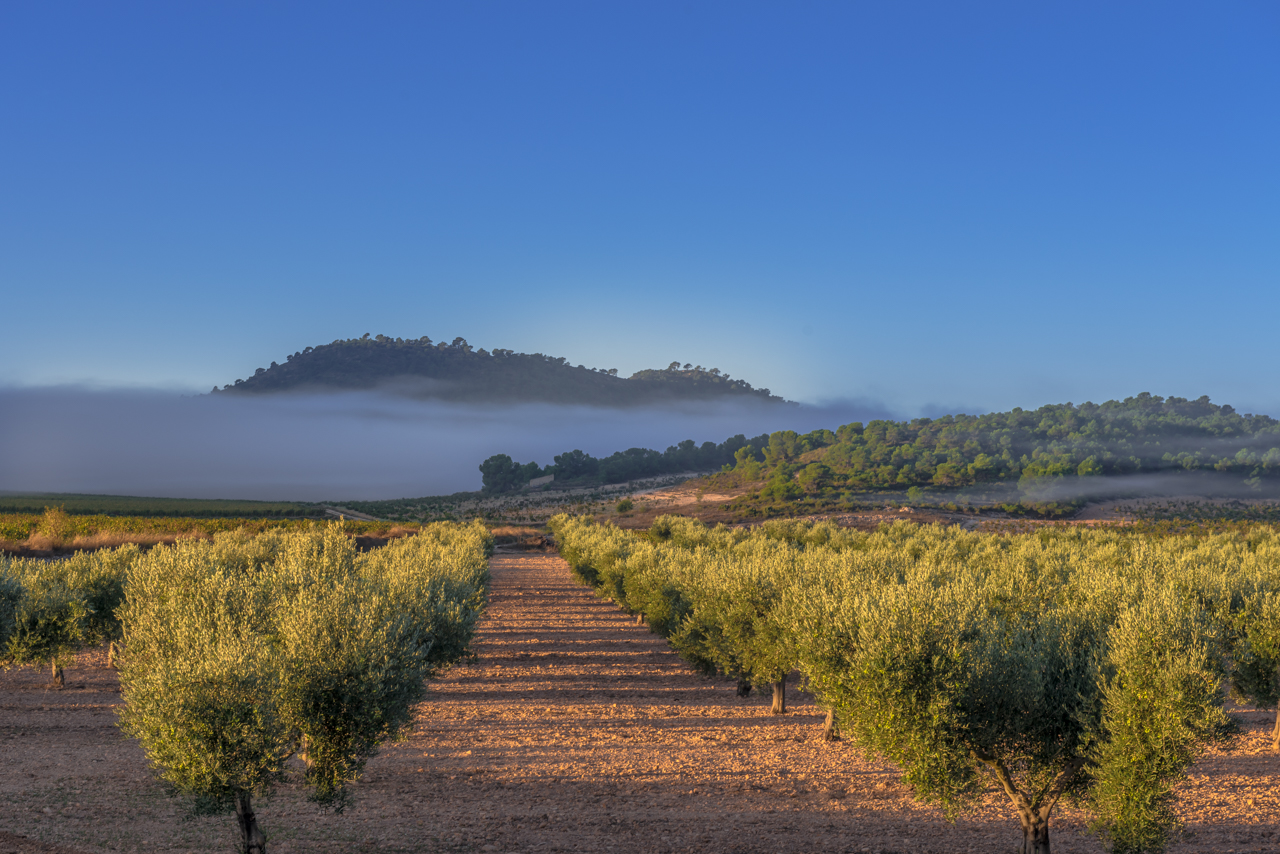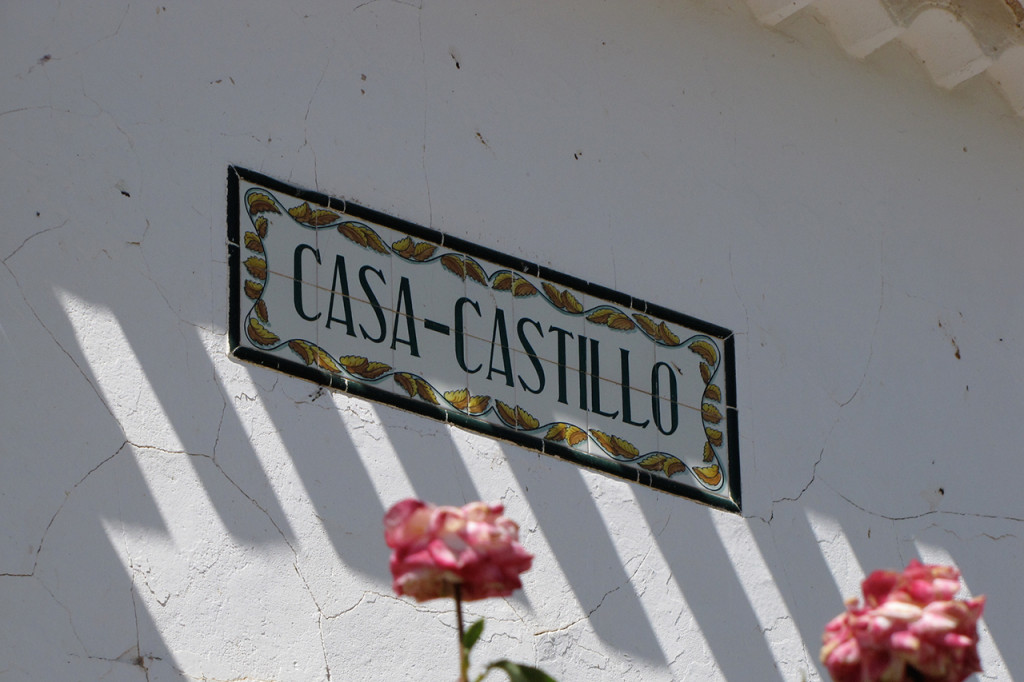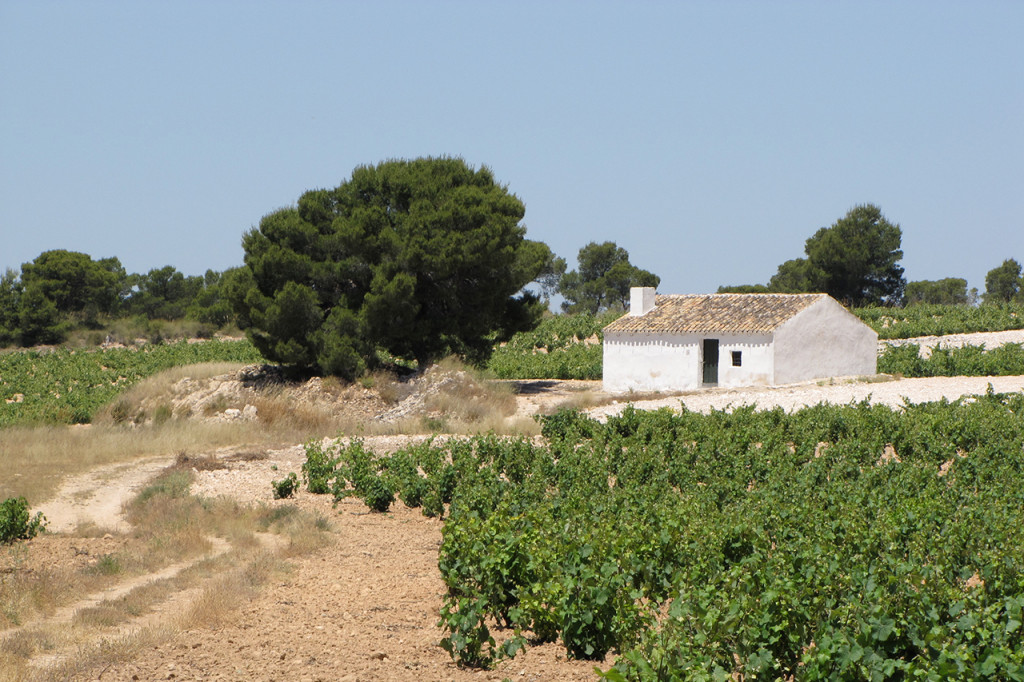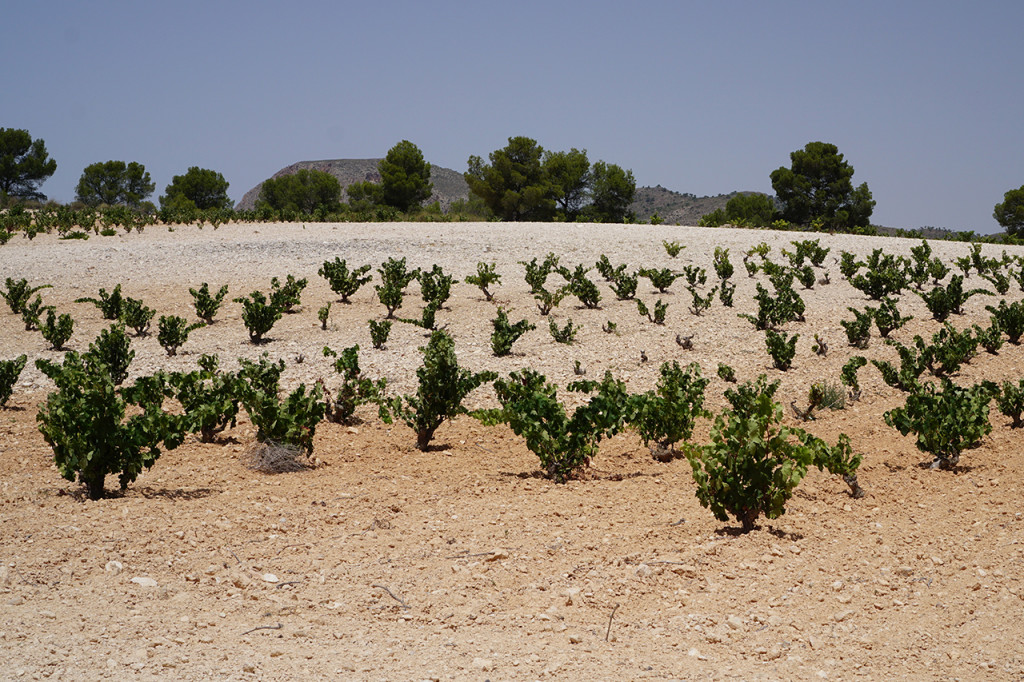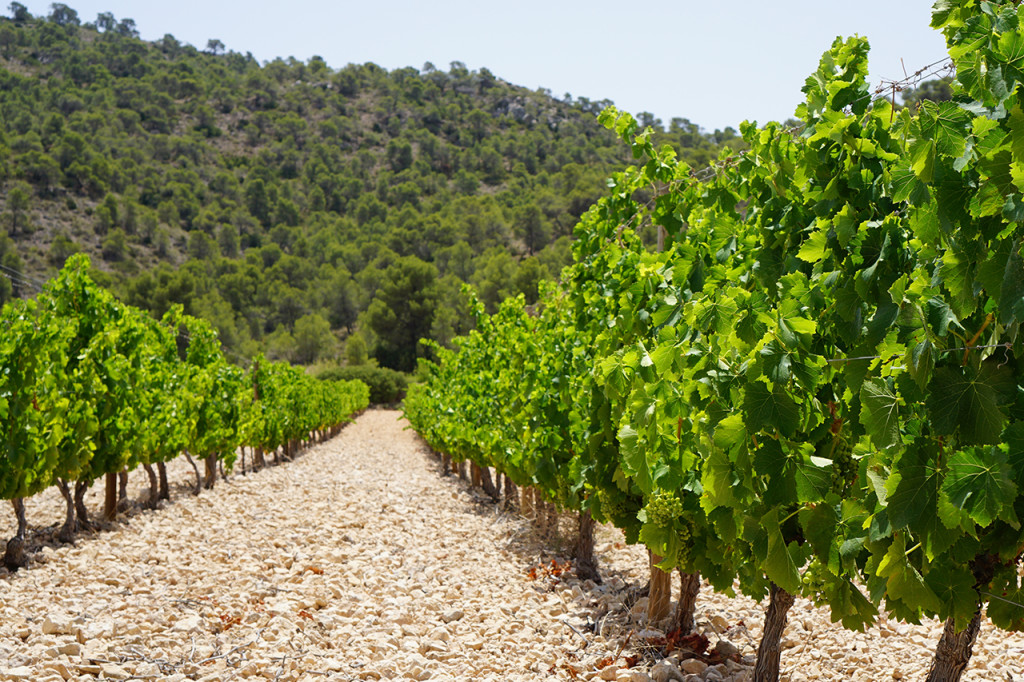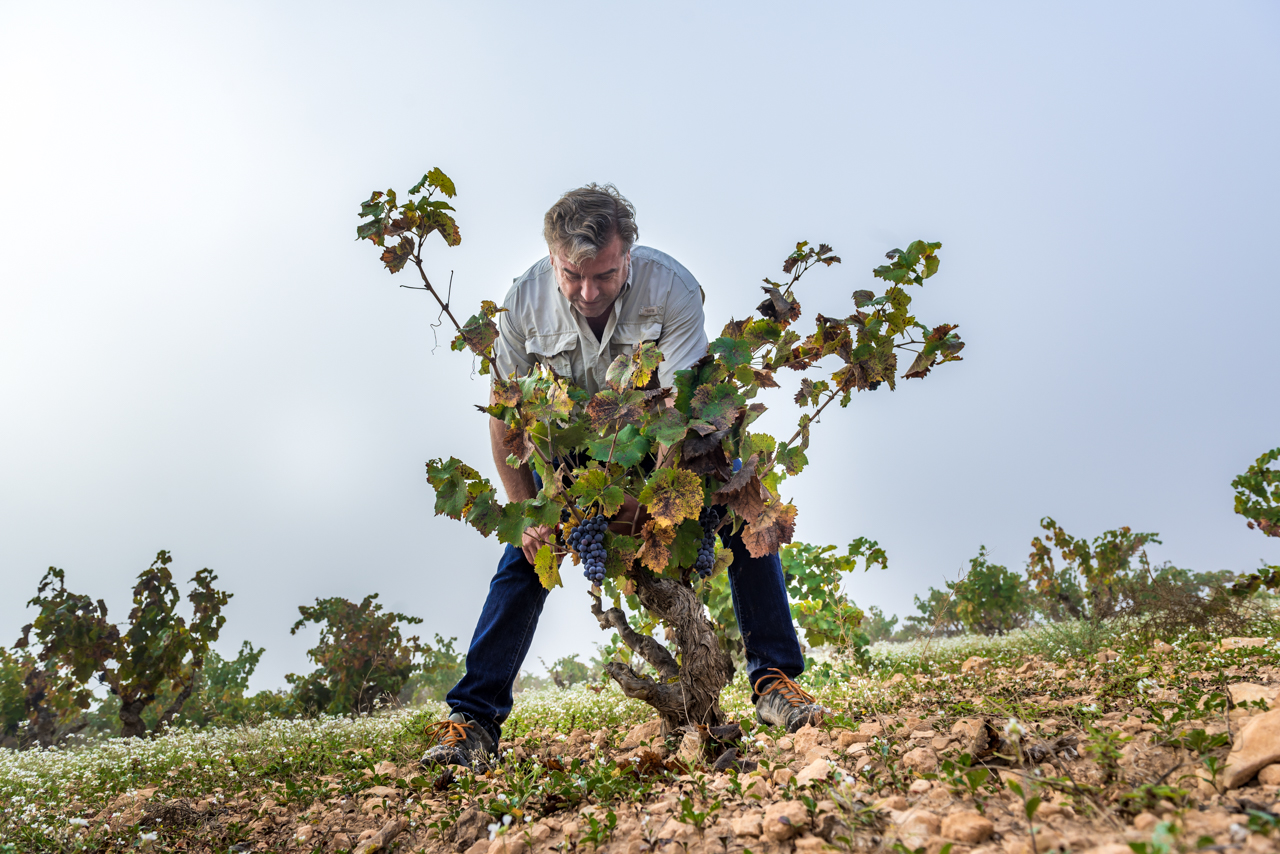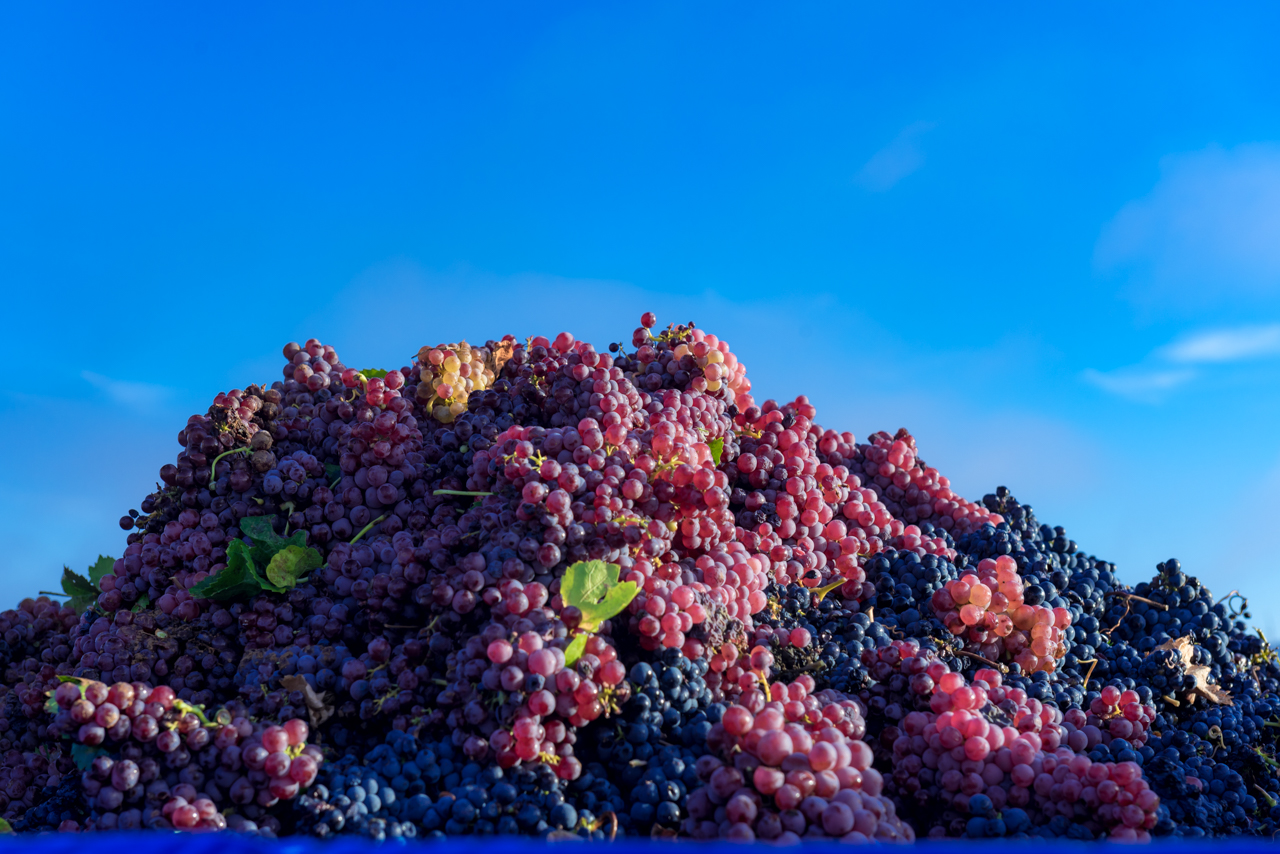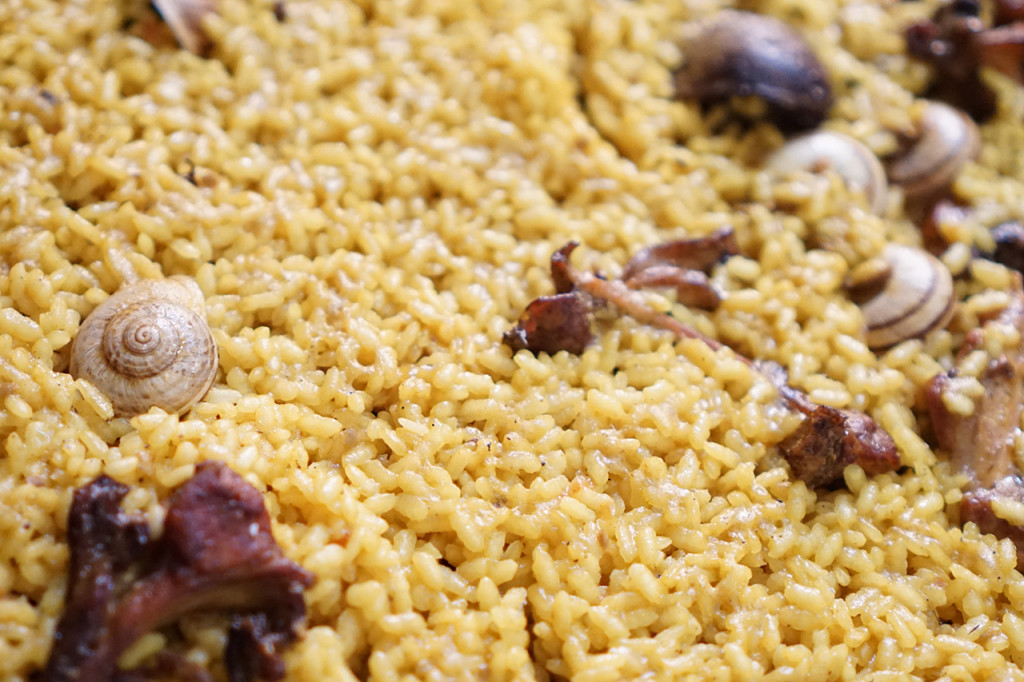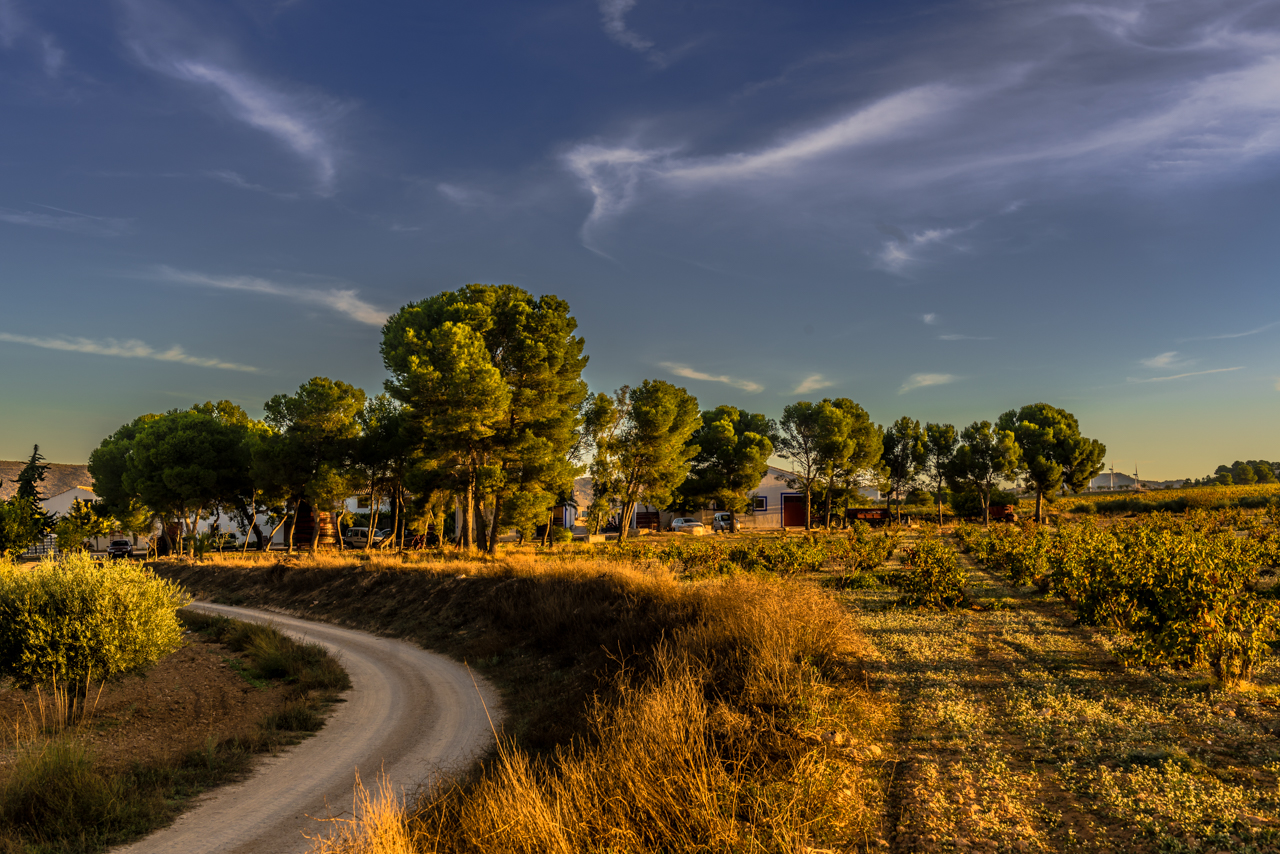

Well-trodden paths like Highway 29 in Napa, RN74 in Burgundy, or the Mosel River in Germany are obvious vinous routes […]
Keep ReadingWell-trodden paths like Highway 29 in Napa, RN74 in Burgundy, or the Mosel River in Germany are obvious vinous routes that have been signposted and gentrified over decades, but not Jumilla. Parched, bleak, and seemingly barren under the heat of midsummer, there are only the faintest hints of civilization, usually in the form of an isolated sign, a decaying old farmhouse, or a random fellow traveler rushing to get out of the sun. Jumilla is about roughing it, getting to know farmers and their families, and, if lucky, being invited into their homes to share a meal. It’s a place worth getting lost in. If you’ve played your cards right, the person inviting you to Jumilla is José Maria Vicente. José Maria is a third-generation owner and operator of Casa Castillo – a farm that began as a rosemary plantation, but under José Maria, it has evolved into the preeminent estate in the DO of Jumilla and Mediterranean Spain. While the smell of rosemary still lingers, the pale, rocky soils surrounding his house and cellar are now planted with vines and almond orchards. When José Maria’s grandfather purchased Casa Castillo in 1941, there was already a winery, cellar, and some scattered vineyards on the property dating to the 1870s, established by French refugees fleeing the plight of phylloxera in their native land. In 1985, José Maria and his father began replanting the vineyards and expanding them with the eventual goal of making wine on the property once again. In 1991, they released their first commercial vintage.
In selecting the grapes to grow on their land, they chose the indigenous Monastrell as the primary variety. Native to the region, it was perfectly adapted to the hot, dry climate. Originally, Cabernet Sauvignon and Garnacha were selected for the more gravelly soils, while Syrah is grown on more sheltered sites rich in chalk. The largest vineyard, Valle, is a hot, rocky terruño planted exclusively with head-pruned Monastrell. Val Tosca is a sloped vineyard with white chalky soils gleaming in the sun and planted with ungrafted Syrah José received from Jean-Louis Chave. Las Gravas is named for its deep, gravelly soils on a gentle slope facing Val Tosca. Soil is loosely applied here since it resembles nothing but a pile of rocks. Las Gravas is planted with Monastrell and Garnacha – as José Maria has grafted his Cabernet over, preferring native and heat-tolerant varieties over foreign interlopers. José Maria’s most famed site, La Solana, is an ungrafted Monastrell vineyard on sandy decomposed limestone planted in 1942. It is the source of his scarce and variety-defining Pie Franco. Each vintage dwindles in quantity due to demand and because while the soil is resistant to phylloxera, it is not immune. Due to the climate, José Maria can farm his vineyards without chemical inputs, and the entire estate is certified organic.
Everything is harvested by hand and brought promptly to the cellar for sorting and fermentation. Fermentations are in stainless steel tanks, concrete vats, or stone lagars. Pigeage is done by foot, and whole clusters are increasingly used – up to 50% in the Pie Franco. Aging follows in concrete, foudre, and 500L French oak demi-muids. Long acknowledged as the finest producer in Jumilla and now recognized as one of Spain’s leading winemakers, José-Maria has inspired a new generation of young winemakers looking to harness in his wines the richness of the Mediterranean climate while retaining a counterpoint of liveliness and layers of complexity. If you’ve ever dismissed Monastrell as a minor player in a blend or too furry and ferocious on its own, you’ve probably not met José-Maria.
Close
Casa Castillo at dawn, October 2017
As the morning fog clears at Casa Castillo, October 2017
The Casa at Casa Castillo
The courtyard of Casa Castillo
A casita in the vineyards of Casa Castillo
The color of the soils changes subtly in the vineyards of Casa Castillo indicating where honey-colored clay transitions to chalk
Las Gravas - the rocky and gravelly part of Casa Castillo
José Maria harvesting Monastrell, October 2017
Harvest 2017 - Monastrell and Garnacha
No visit to Casa Castillo is complete without their Rabbit and Snail Paella cooked over vine cuttings
The pine grove surrounding the house and cellars of Casa Castillo
